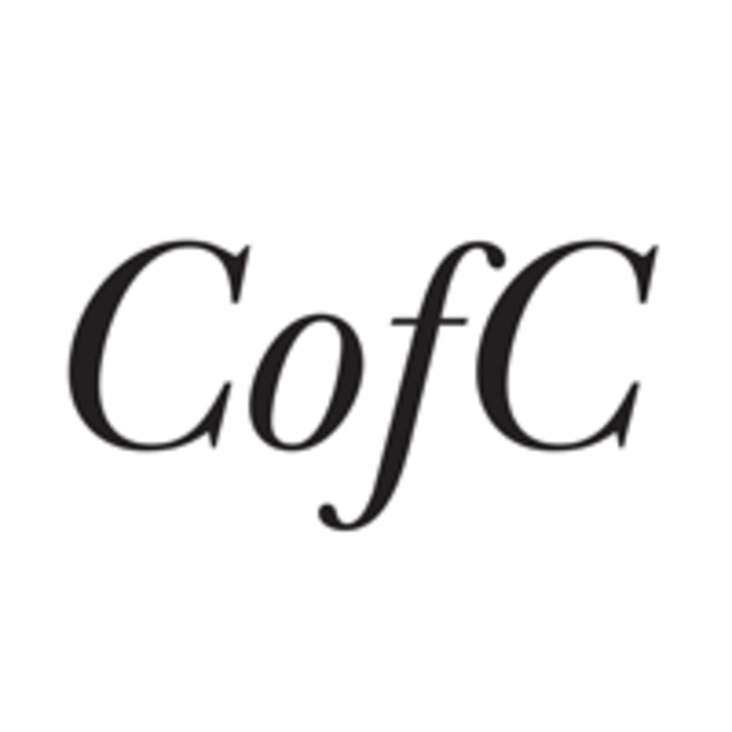The Castellani and Italian Archaeological Jewelry was the first exhibition to explore in depth the artistic and scholarly contributions to jewelry made by three generations of the Castellani family in 19th-century Rome. This landmark exhibition, organized by the Bard Graduate Center, was also seen in Rome at the National Etruscan Museum at Villa Giulia and in London at Somerset House.
Comprising more than 250 objects from major public and private collections throughout the world, The Castellani and Italian Archaeological Jewelry explores the work and legacy of the firm in a comprehensive fashion, illustrating the wide-ranging aspects of the family’s artistic and cultural activities. For the first time a representative selection of Castellani jewelry from the National Etruscan Museum at Villa Giulia and the Capitoline Museums in Rome was seen abroad, along with pieces from the British Museum, Musée du Louvre, Metropolitan Museum of Art, Cooper-Hewitt National Design Museum, Musée des Arts Décoratifs (Paris), and other public institutions and private collections.
Fortunato Pio Castellani (1793-1865) first opened his workshop in 1814, and the firm quickly became known for designing fashionable jewelry in imitation of contemporary French and English work. In the 1830s, Fortunato Pio became inspired by the ancient jewelry and metalwork being unearthed at such archaeological sites in Italy as the Etruscan Regolini Galassi Tomb (1836). Encouraged by his friend and patron, Duke Michelangelo Caetani (1804–82), Castellani became the first 19th-century goldsmith to create works closely modeled after classical Italian and Greek prototypes, thus creating a new fashion trend.
Castellani’s appreciation of the exquisite craftsmanship displayed in ancient jewelry and his desire to improve Italian craft and design motivated him to pursue the rediscovery of the “lost” art of granulation. This technique of applying tiny granules of gold to an object’s surface to create decorative patterns was perfected by the Etruscans in the ninth to fourth centuries BCE but had long been forgotten. The quest to master the art of granulation absorbed the Castellani family for decades, and the revival of this and other ancient techniques was one of the greatest contributions made by the Castellani to the history of jewelry making.
In the 1850s, Fortunato Pio’s two sons, Alessandro (1824–83) and Augusto (1829–1914) gradually assumed management of the firm and marketed their archaeological jewelry with great success, not only to the local and international aristocracy but also to educated tourists and artists visiting Rome. In the 1860s, Alessandro Castellani opened subsidiary shops in London and Paris and founded his own workshop in Naples. For the first time, the firm also displayed its work at international expositions in Florence, London, and Paris. The widespread acclaim for the pieces increased demand for this style of jewelry and gave rise to imitators throughout Europe. Americans first viewed the Castellani’s ancient objects and reproductions in 1876, at the Centennial Exposition in Philadelphia. The following year the much-praised collection was on view at The Metropolitan Museum of Art.
The distinctive Castellani jewels tend to use simple geometric designs enhanced with patterns made of tiny gold granules, small blossoms, and filigree wire applied with absolute precision. Perfect, miniature mosaics, composed of the smallest, blocklike tesserae imaginable, evoke the early Christian masterpieces of Rome, Ravenna, and Constantinople. Gems, cameos, and scarabs—either ancient originals or imitations—provide the focal point of some jewelry pieces, while others achieve their effect from a variety of enamel techniques rendered in a wide range of rich colors.
A key motivation for the Castellani interest in reviving the styles and techniques of the ancient Romans and Etruscans was the rising nationalism that would soon lead to a united Italy. In accordance with their political beliefs, the Castellani were genuinely committed to promoting the cultural significance of Italy at a time when French and English taste predominated. Fueled by patriotic feelings and a desire to educate, the Castellani pursued an ambitious goal of studying and reviving all periods of Italian jewelry. In addition to their classicizing innovations, they produced a highly successful line of medieval and Renaissance revival pieces.
In ventures parallel to their jewelry production, the Castellani were active in the trade of antiquities, sponsoring excavations, restoring artifacts, and dealing on a large scale. In an effort to preserve the best works for Rome, the family assembled extensive collections of fine vases, jewelry, and bronzes found at Etruscan and other Italian sites. Augusto Castellani’s “museum” was the highlight of his palatial shop next to the Trevi Fountain. A must-see for 19th-century visitors and scholars, this famous historical survey of Italian gold work and other antiquities established greater awareness of Italy’s leading role in the cultural history of Europe and helped to promote the firm’s business.
Beyond managing their flourishing business, the Castellani also were deeply involved in the cultural and political life of their city and country. Fortunato Pio and Augusto held various public offices and supported Roman museums. Alessandro, the elder son, was arrested and exiled for his republican activities, but later became the firm’s colorful and highly successful representative abroad and founder of his own jewelry and antiques business in Naples. Alfredo (1856–1930), son of Augusto, carefully cultivated the family’s legacy and arranged for the donation of its important collections to the Italian state upon his death.
With a wide variety of objects including jewelry, drawings, paintings, and historical documents, The Castellani and Italian Archaeological Jewelry presented to the public for the first time the full range of Castellani contributions to the history of jewelry design and the cultural development of Rome, Italy’s new capital. The exhibition featured more than 250 objects from a number of significant public and private collections in Europe and the United States. The works on display included classical revivals and examples of medieval, Renaissance, and other historical styles.
The exhibition examined the working process of the Castellani, an area that is particularly important due to their interest in ancient techniques. Albums of drawings and tools from the workshop tracked the process of design and painstaking, specialized manufacture. Pieces shown next to their ancient models highlighted the Castellani achievements in imitating ancient granulation techniques and the development of their refined micromosaics. The exhibition also included a selection of ancient objects that influenced both the design process and the family’s involvement in collecting, trade, and restoration.
The Castellani and Italian Archaeological Jewelry placed this influential family and its jewelry creations within a broader cultural context. The exhibition displayed several paintings, photographs, and sculptures of individuals wearing archaeological-style jewelry, illustrating the type of people who patronized the Castellani shops and how the jewelry was worn. The Castellanis’ place within 19th-century Roman society was explored through archival material highlighting their civic achievements in the city’s developing political structure and cultural institutions.
The accompanying catalogue, The Castellani and Italian Archaeological Jewelry, presents 13 essays by the foremost international scholars of Italian jewelry, archaeology, and 19th-century history. Contributing authors are cocurators Susan Weber Soros and Stefanie Walker (Bard Graduate Center), Maria Grazia Branchetti (State Archives, Rome), John A. Davis (University of Connecticut), Maurizio Donati (master goldsmith, Rome), Antonella Magagnini (Capitoline Museums, Rome), Jack Ogden (Hildesheim), Stefano Aluffi Pentini (Rome), Judy Rudoe (British Museum, London), Diana Scarisbrick (London), Anna Maria Moretti Sgubini (Rome), Elizabeth Simpson (Bard Graduate Center), and Lucia Pirzio Biroli Stefanelli (Rome). Each essay is richly illustrated with color images of the pieces shown in the exhibition. An object checklist, complete bibliography, and appendix of archival material in Rome by Daniela Sinisi (State Archives, Rome) round out this scholarly publication.
Organized by Bard Graduate Center and co-curated by Dr. Susan Weber Soros, founder and director of the BGC, and Dr. Stefanie Walker, special exhibitions curator at the BGC and a specialist in jewelry history.



























